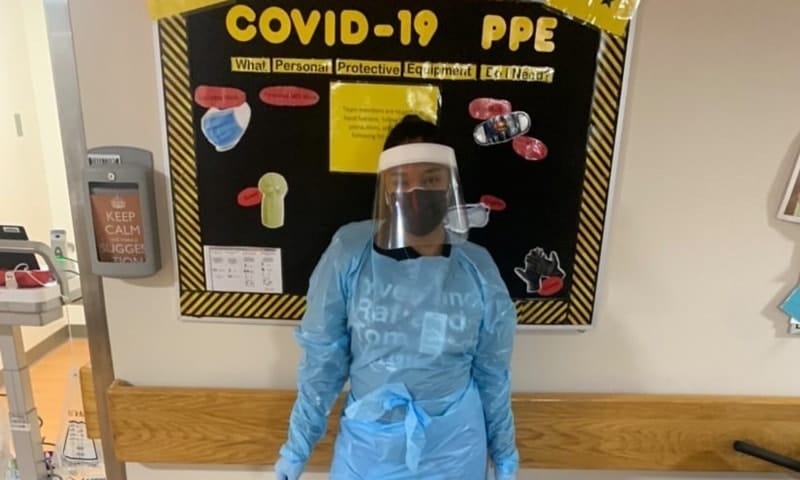The health care landscape is constantly evolving. To ensure that LSU Health New Orleans School of Nursing students are effectively prepared to work in this changing environment when they graduate, new elements must be woven into the Bachelor of Science in Nursing curriculum. Those include the importance of telemedicine in mental health care, disaster-response protocols, and the accountability of nurses in hospital quality and safety measures, among others.
“Our curriculum must be reviewed and updated regularly to make sure it’s keeping up with trends in nursing education and health care and effectively preparing nurses for the next decade,” says Jennifer Manning, DNS, ACNS-BC, CNE, Associate Dean for the Undergraduate Nursing Program; Program Director, Baccalaureate Articulation Program; and Associate Professor of Clinical Nursing.
Under the auspices of the BSN Curriculum Transformation Task Force, an environmental scan is being conducted to gain insight into the practice landscape of the future. The task force is taking a deep dive into available literature in an effort to forecast what nursing practice will look like in the next 10 years and what skills nurses will need to be effective.
Following that step, the task force will begin to look at the School of Nursing curriculum to see where elements do and do not align with those needs. That likely means updating, adding and even eliminating courses, according to Dr. Manning. These changes will impact the school’s traditional BSN, RN to BSN and Career Alternative RN Education (CARE) BSN programs.
Exploring Changes That Enhance Education
The task force is made up of School of Nursing administrators; program directors and committee chairs; faculty representatives from the sophomore, junior and senior level; and chief nursing officers and administrators from several different types of hospitals.
Once the task force completes the environmental scan and presents a summary of what the nurses of 2021–2031 will need, faculty will be engaged to look closely at their courses – including their syllabi, activities, methods and outcomes – to see if each suits the environmental scan findings. This step will help ensure that the School on Nursing employs the most current and relevant pedagogies in teaching and learning practices for the current generation of students.
“Our curriculum must be reviewed and updated regularly to make sure it’s keeping up with trends in nursing education and health care and effectively preparing nurses for the next decade.”
Jennifer Manning, DNS, ACNS-BC, CNE
“We’ll also look at how we evaluate students. We have tests, check-offs and labs, but do we need to move to more competency-based evaluations? We have some speakers coming this spring to talk about the importance of a competency-based curriculum,” Dr. Manning says. “Research has also been something nurses need to learn, but maybe we need to initiate it at the sophomore, rather than junior, level.”
Throughout the process, the task force must consider the needs of the school’s communities of interest and the nursing workforce, and ensure that the School of Nursing has the appropriate concentrations leading to the BSN degree to produce a net workforce gain in registered nurses, according to Dean Demetrius Porche, DNS, PhD, ANEF, FACHE, FAANP, FAAN.
“The curriculum’s design will also respond to national reports, such as the American Association of Colleges of Nursing’s recently adopted ‘The Essentials: Core Competencies for Professional Nursing Education,’” Dr. Porche says.
This new model and framework for preparing registered nurses, advanced practice nurses and nurse specialists delineates competency expectations for graduates of baccalaureate and graduate nursing programs.
Curriculum changes, once identified, will be phased in and will be applied to the newest class, as making changes midway through a student’s education could be disruptive.
“The Dean consistently preaches that faculty own their curriculum, so they will be active players in ensuring we’re delivering what’s best for our students,” Dr. Manning says.







